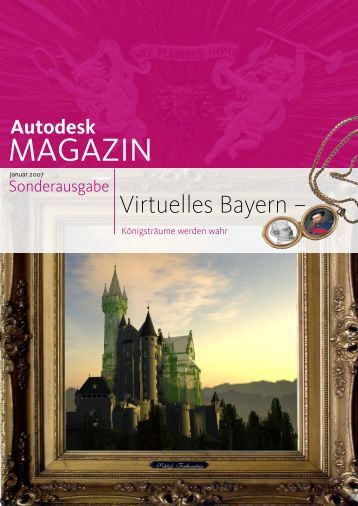
Autodesk® Backburner™ can be used with Autodesk products such as, Maya, 3ds Max, Flame, Flare, Flame Assist or Lustre to manage your render jobs and render nodes while network rendering. Autodesk® Backburner™ is a background rendering network system that allows animation scenes to be rendered by many computers working collectively on the same network. System Requirements • Windows® 7 or Windows® 8 Professional edition • 64-bit Intel or AMD multi-core processor • 4 GB of RAM minimum (8 GB recommended) • 50 MB of free disk space for install • 3-button mouse About This Version Version 2018, 4/20/2017.
This download provides an updated standalone install version of the Backburner. Backburner 2016 Windows version for. Get answers fast from Autodesk support.
Introduction Backburner Manager receives jobs from the clients, and then distributes the work as jobs to the render nodes on the network. Backburner Manager functionality • Receiving processing requests from client applications.
What's New in Extension for Autodesk Maya 2014 What's New in Autodesk Maya Getting Started Basics Managing Scenes. Network rendering with Backburner. Backburner is a queue manager for background processing and distributed network processing. It allows multiple jobs, such as I/O operations, grading. Welcome to the Autodesk Backburner Installation Guide. Backburner™ is the Autodesk® queue manager for background processing.
• Receiving status reports as tasks are completed on the servers. • Handling requests from the Backburner Monitors. • Updating its database with all transactions. Ensure only one Backburner Manager is running on the background processing network at any given time. Otherwise, jobs submitted to the network may not be processed. Linux setup Normally, there should be no need to configure the Backburner Manager.
The most common changes—such as specifying the default mail server through which Backburner sends job-related email specifications—can also be made via the Backburner Web Monitor. To start and configure Backburner Manager: • In a terminal, as root: stop the Backburner Manager service: /etc/init.d/backburner stop. The Backburner Manager service on the workstation is stopped, if it was running previously. If it was not running previously, a “Failed” error message is displayed.
If you are starting Backburner Manager for the first time, configure the Manager before starting it. Otherwise, start the Manager.
• The Backburner configuration file is at /usr/discreet/backburner/Network/backburner.xml • Start Backburner Manager: /etc/init.d/backburner start. All Backburner Manager events are recorded in log files in the directory /usr/discreet/backburner/Network/backburner.log.
Cam350 V12 Crack on this page. You can use the tail command to view the contents of this log. Windows setup Backburner Manager is configured in its General Properties dialog. Api 650 Tank Design.
To install Backburner on a Windows workstation: • As an administrator, run backburner.exe. The Backburner installation wizard appears. • If there is an earlier version of Backburner on the system, you are prompted to uninstall it. • Follow the prompts to install Backburner on the workstation. It is recommended that you install Backburner components in the same destination folders on all machines. To start and configure the Backburner Manager: • From the Start menu, choose Programs, Autodesk, Backburner, and then Manager.
The first time you start the application, the General Properties dialog appears. • Configure the manager as desired. For most purposes the default settings should suffice. • Click OK to start the application.
The configuration settings are written to the Backburner configuration file, for example, C: Documents and Settings Local Settings Application Data backburner backburner.xml. To restore the default settings, delete backburner.xml. Note that this file contains the configuration settings for all Backburner components installed on the same machine.
The Backburner Manager GUI appears, displaying startup messages. • From the Edit menu, choose Log Settings to change the information that gets displayed in the GUI and/or written to the log file. • Click OK to save your changes.